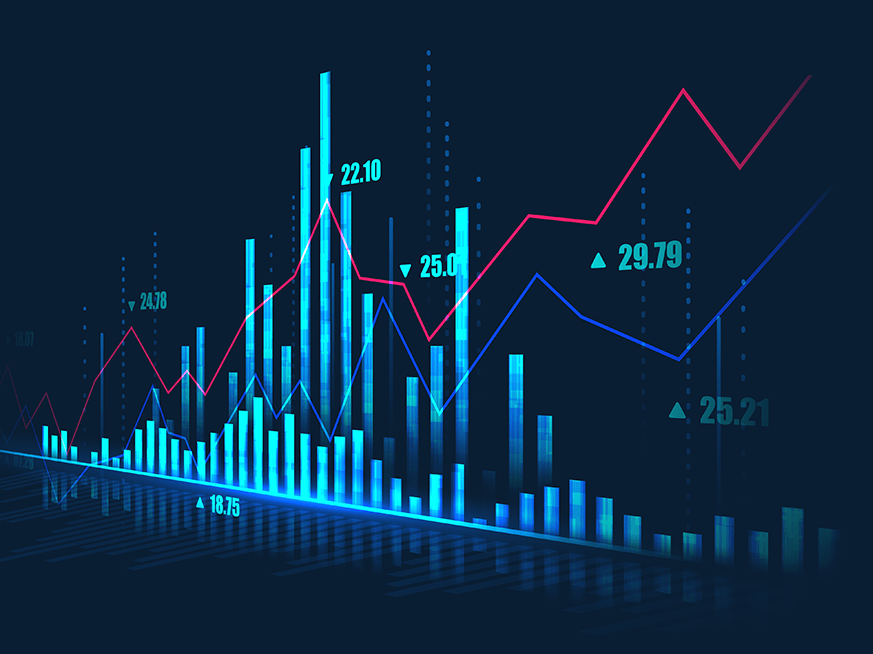Gold Market Insights: Trends, Reserves, and Price Analysis
1. How Might China Selling 90 Tonnes of Gold Impact Prices?
China's sale of 90 tonnes of gold could temporarily increase supply in the market, potentially pressuring prices downward in the short term. However, long-term trends depend on broader factors like central bank demand, inflation, and geopolitical stability. Historically, large sales by central banks are often absorbed by strong institutional or retail demand.
2. Which Countries Hold the Largest Gold Reserves?
The top 10 countries with the largest gold reserves typically include the United States, Germany, IMF, Italy, France, Russia, China, Switzerland, Japan, and India. The U.S. leads with over 8,000 tonnes in reserves. Central banks use gold to diversify assets and hedge against currency fluctuations.
3. What Does a 90:1 Gold-to-Silver Ratio Mean for Investors?
A 90:1 ratio indicates that gold is significantly more expensive relative to silver compared to historical averages (often ~60:1). This may signal silver is undervalued, presenting a potential buying opportunity for investors betting on mean reversion. However, industrial demand for silver also plays a key role in its valuation.





